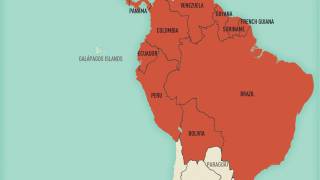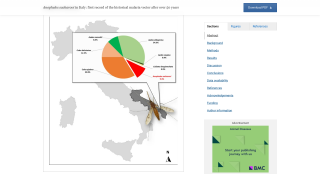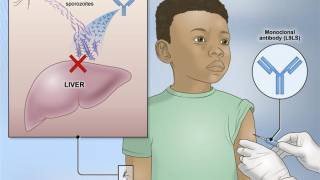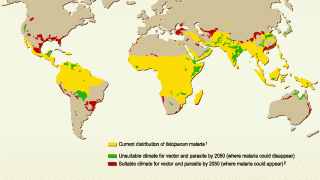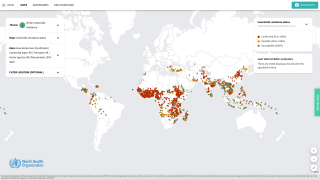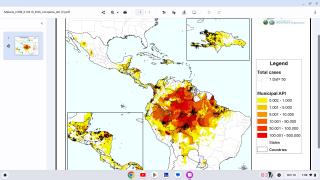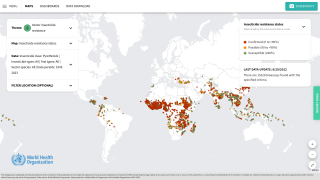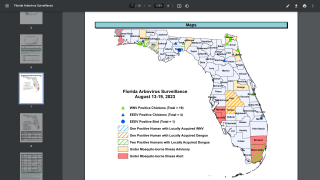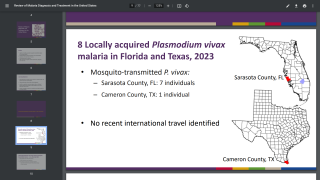Malaria Antibody Treatment May Protect People
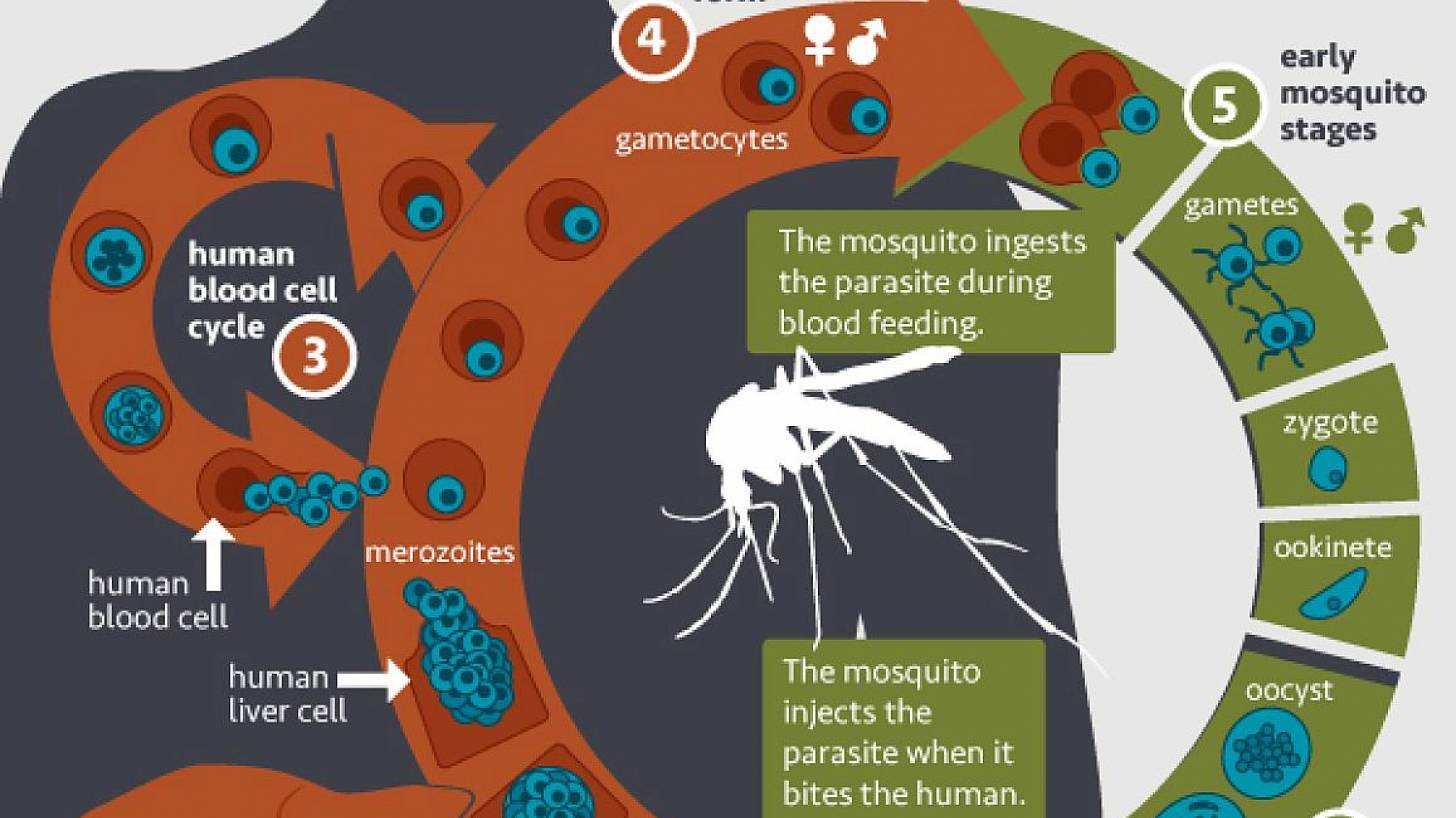
A recent early-stage clinical trial sponsored by the National Institute of Allergy and Infectious Diseases (NIAID) found a single injection of a next-generation monoclonal antibody (mAb) treatment candidate was highly protective in adults by neutralizing the parasites in the skin and blood before they can infect liver cells.
L9LS is a laboratory-made version of a naturally occurring mAbs called L9, derived from the blood of a volunteer who had received an investigational malaria vaccine.
The L9LS mAbs were administered intravenously or subcutaneously (a dose of 1 mg, 5 mg, or 20 mg per kilogram of body weight) to protect recipients against malaria after controlled infection.
Of the 17 participants who received a single dose of L9LS, 15 (88%) were protected after controlled human malaria infection.
And L9LS had an estimated half-life of 56 days, without evident safety concerns in this study.
These study results were published in The New England Journal of Medicine on August 4, 2022.
“These early clinical trial results demonstrating that a mAbs administered subcutaneously can protect people from malaria are highly encouraging,” said NIAID Director Anthony S. Fauci, M.D., in an NIH media statement on August 4, 2022.
“A one-time intervention that protects against malaria for six months to a year could significantly reduce morbidity and mortality among children in malaria-endemic regions and offer an effective preventive tool for health care workers, military personnel, and travelers to these areas.”
According to the NIH, additional clinical trials evaluating if L9LS can prevent malaria over six to 12 months against seasonal and perennial transmission are underway in infants and children in Mali and Kenya, where malaria is endemic.
L9LS is similar to a candidate anti-malarial antibody known as CIS43LS that the VRC developed and found to be highly protective in a small trial when administered by the intravenous route.
However, L9LS is two to three times more potent. They are increasing the potency allowed for subcutaneous injection, a more cost-effective and feasible route of administration than intravenous infusion.
The World Health Organization (WHO) estimates that in 2020, about 240 million people had malaria, and about 627,000 will die.
A disproportionate malarial disease burden is seen in Sub-Saharan Africa, where children under age five account for approximately 80% of all malaria deaths.
A vaccine to prevent malaria is now available.
WHO guidance issued on July 26, 2022, is available to countries as they consider whether and how to adapt the RTS,S malaria vaccine into their malaria control strategies.
This Phase 1 study was conducted from September 13 to November 16, 2021, at the NIH Clinical Center in Bethesda, MD, and the Walter Reed Army Institute of Research in Silver Spring, MD.
Additional malaria vaccine news is posted at Vax-Before-Travel.com/Malaria.
Vax-Before-Travel publishes fact-checked, research-based travel vaccine news curated for international travelers.
Our Trust Standards: Medical Advisory Committee











